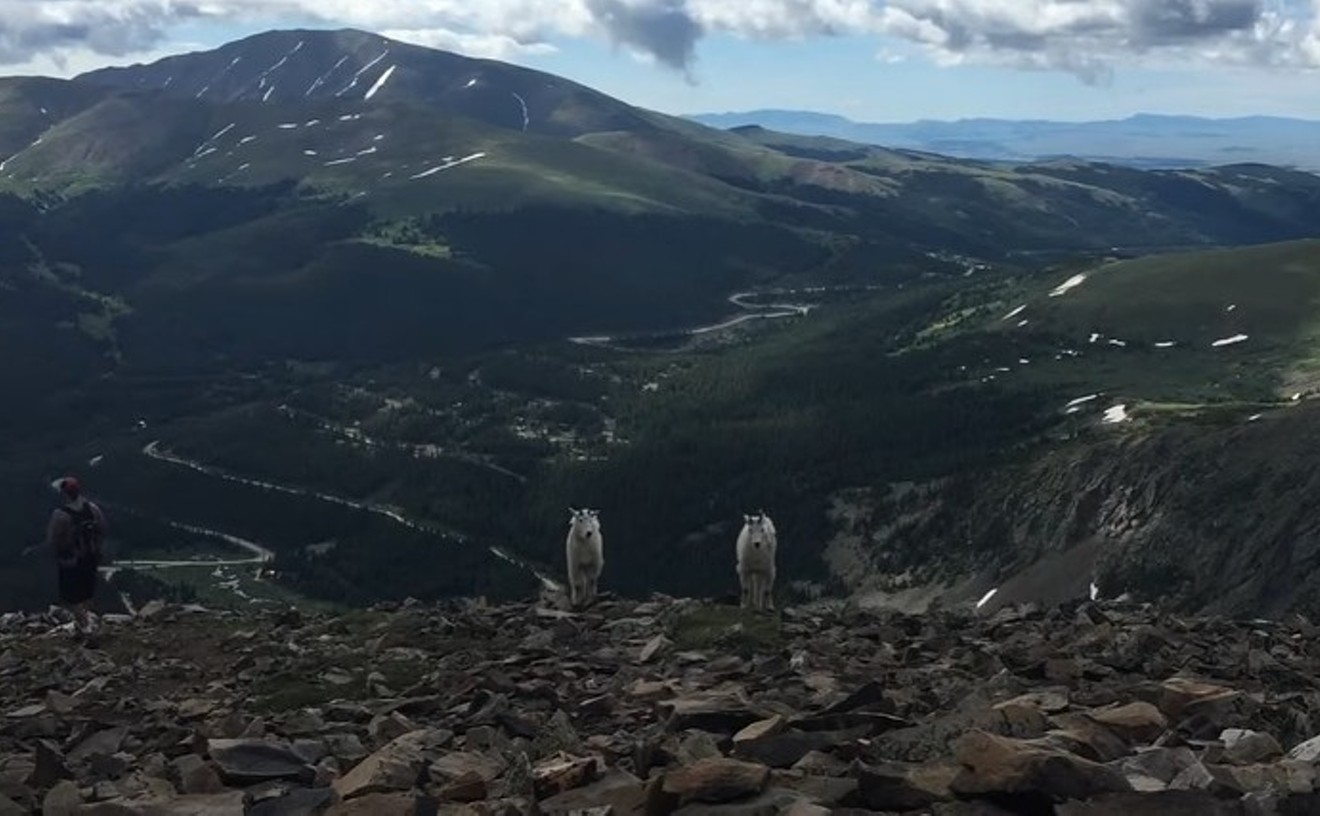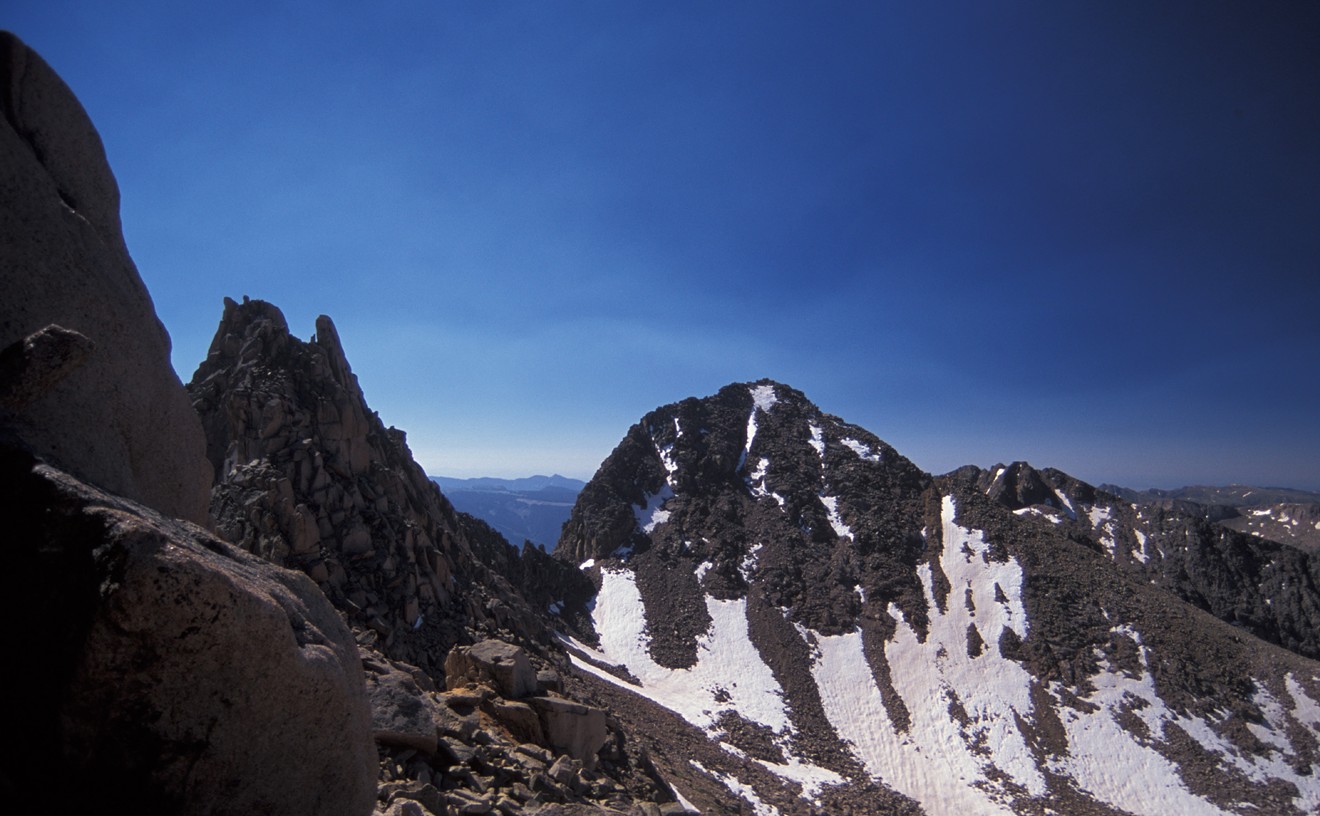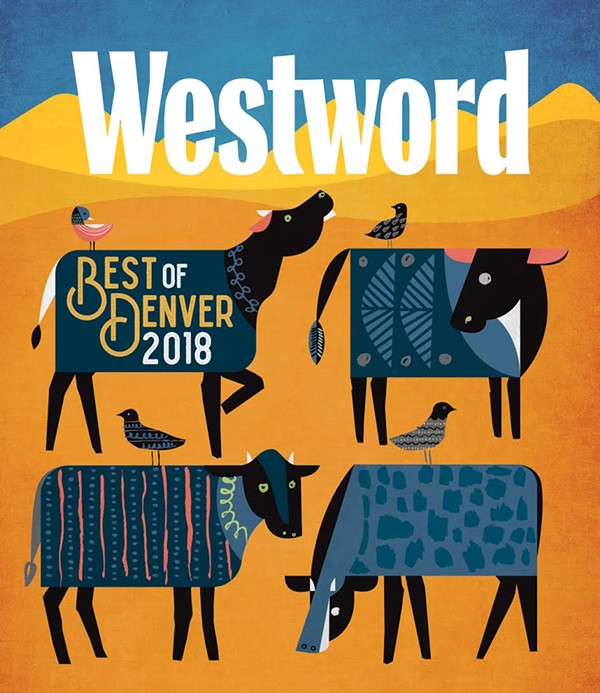Landlocked Coloradans are always on the hunt for a beach that feels, well, beachy. With its wide swath of soft sand and much-appreciated amenities — bathrooms, a water fountain, and a small but well-stocked cafe that serves crispy French fries — the lake-like setup at the Boulder Reservoir makes for a nice day at the shore, especially on the much-less-crowded weekdays. Friendly lifeguards patrol during beach hours (10 a.m. to 6 p.m. daily), and you can rent kayaks, canoes and SUPs to explore beyond the cordoned-off swim area, which also allows rafts and floaties. Swim out to the floating decks for a little peace and quiet and to watch the herons, pelicans and ospreys that call the rez home. There's a $7-per-person entrance fee, and alcohol in non-glass containers is allowed.
Readers' Choice: Arapahoe Basin










